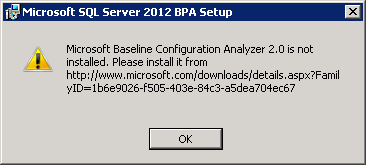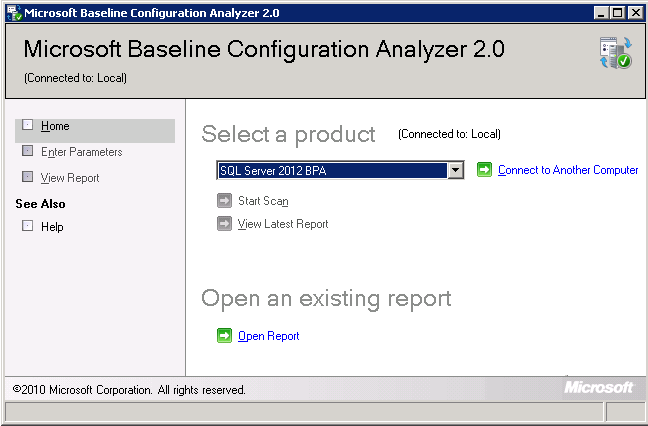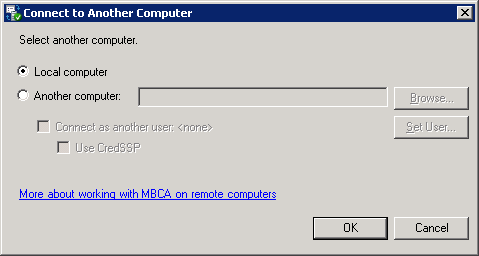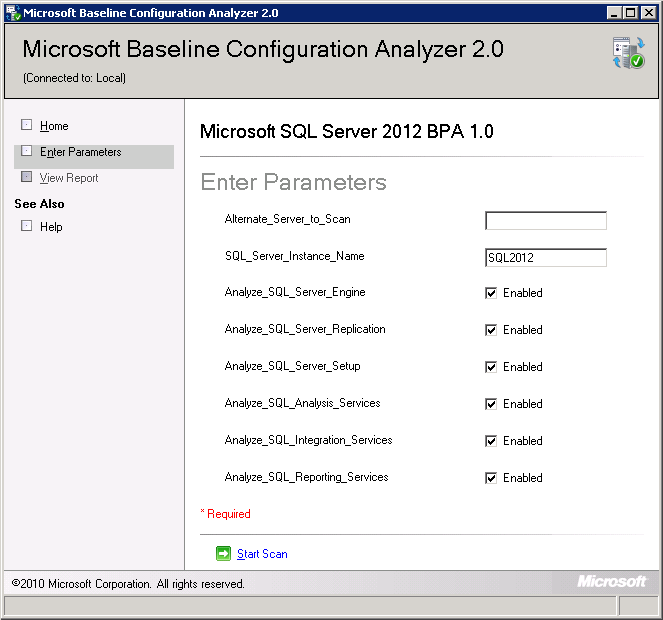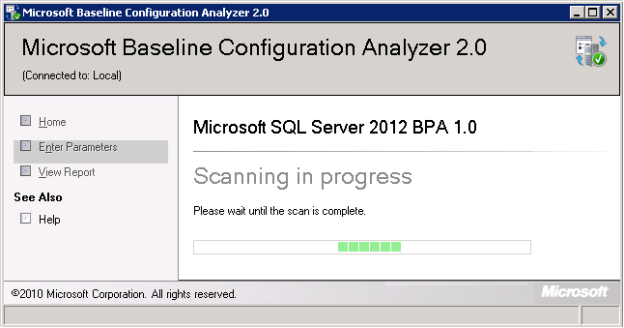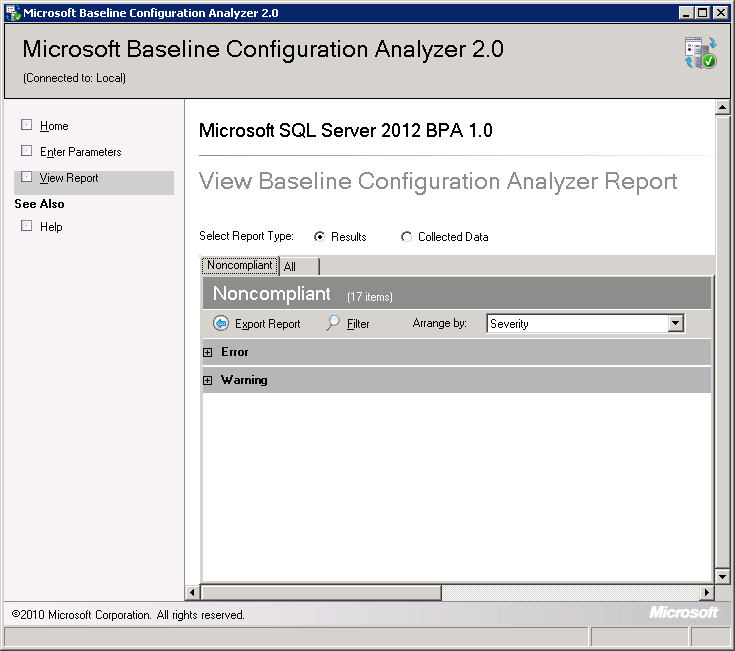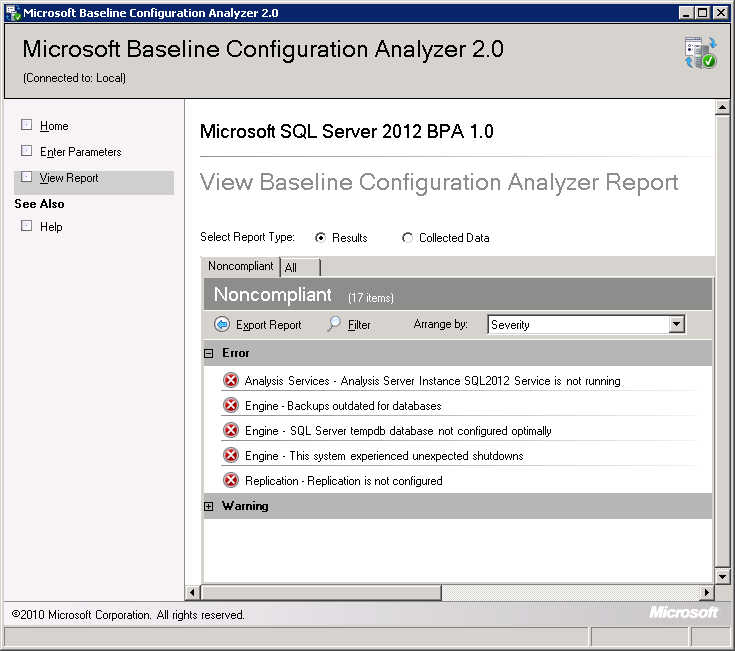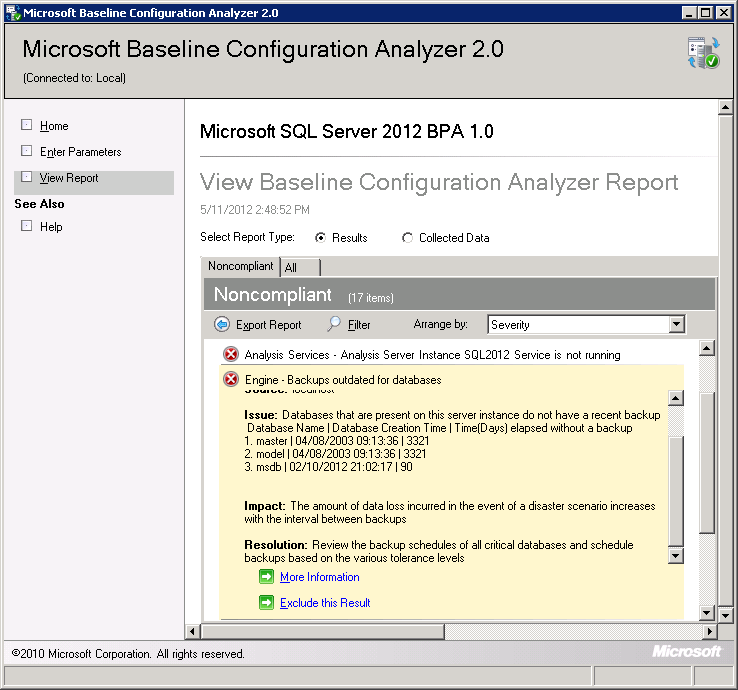Copyright (c) 2009 Microsoft Corporation. All rights reserved.
CONNECT TO DATABASE
Microsoft SqlCmd
===========================
1. TO CONNECT TO DATABASE
===========================
C:\Users\petera>SQLCMD -S GBI-7696M12\SQLSERVER12 -d master -E
===============
2. TO Check memory
===============
1> SELECT [total_physical_memory_kb] FROM [sys].[dm_os_sys_memory];
2> go
total_physical_memory_kb
------------------------
16715020
(1 rows affected)
1> exit
===========
3.TO Get help
===========
C:\Users\petera>sqlcmd -?
Microsoft (R) SQL Server Command Line Tool
Version 11.0.2100.60 NT x64
Copyright (c) 2012 Microsoft. All rights reserved.
usage: Sqlcmd [-U login id] [-P password]
[-S server] [-H hostname] [-E trusted connection]
[-N Encrypt Connection][-C Trust Server Certificate]
[-d use database name] [-l login timeout] [-t query timeout]
[-h headers] [-s colseparator] [-w screen width]
[-a packetsize] [-e echo input] [-I Enable Quoted Identifiers]
[-c cmdend] [-L[c] list servers[clean output]]
[-q "cmdline query"] [-Q "cmdline query" and exit]
[-m errorlevel] [-V severitylevel] [-W remove trailing spaces]
[-u unicode output] [-r[0|1] msgs to stderr]
[-i inputfile] [-o outputfile] [-z new password]
[-f <codepage> | i:<codepage>[,o:<codepage>]] [-Z new password and exit]
[-k[1|2] remove[replace] control characters]
[-y variable length type display width]
[-Y fixed length type display width]
[-p[1] print statistics[colon format]]
[-R use client regional setting]
[-K application intent]
[-M multisubnet failover]
[-b On error batch abort]
[-v var = "value"...] [-A dedicated admin connection]
[-X[1] disable commands, startup script, environment variables [and exit]]
[-x disable variable substitution]
[-? show syntax summary]
=======================
4. TO show active databases
=======================
=============================================
Oracle sqlplus
=====================================================
===========================
1. TO CONNECT TO DATABASE
===========================
OR
C:\Users\petera>sqlplus /nolog
SQL*Plus: Release 12.1.0.2.0 Production on Fri Jan 29 15:56:39 2016
Copyright (c) 1982, 2014, Oracle. All rights reserved.
SQL> conn sys@orcl as sysdba
Enter password:
Connected.
===============
2. TO Check memory
===============
NAME VALUE CON_ID
-------------------- ---------- ----------
Fixed Size 3842760 0
Variable Size 989859128 0
Database Buffers 4143972352 0
Redo Buffers 12931072 0
SQL>
===========
3.TO Get help
===========
C:\Users\petera>sqlplus /?
SQL*Plus: Release 12.1.0.2.0 Production on Fri Jan 29 16:22:08 2016
Copyright (c) 1982, 2014, Oracle. All rights reserved.
SQL*Plus: Release 12.1.0.2.0 Production
Copyright (c) 1982, 2014, Oracle. All rights reserved.
Use SQL*Plus to execute SQL, PL/SQL and SQL*Plus statements.
Usage 1: sqlplus -H | -V
-H Displays the SQL*Plus version and the
usage help.
-V Displays the SQL*Plus version.
Usage 2: sqlplus [ [<option>] [{logon | /nolog}] [<start>] ]
<option> is: [-C <version>] [-L] [-M "<options>"] [-NOLOGINTIME] [-R <level>]
[-S]
-C <version> Sets the compatibility of affected commands to the
version specified by <version>. The version has
the form "x.y[.z]". For example, -C 10.2.0
-L Attempts to log on just once, instead of
reprompting on error.
-M "<options>" Sets automatic HTML markup of output. The options
have the form:
HTML [ON|OFF] [HEAD text] [BODY text] [TABLE text]
[ENTMAP {ON|OFF}] [SPOOL {ON|OFF}] [PRE[FORMAT] {ON|OFF}]
-NOLOGINTIME Don't display Last Successful Login Time.
-R <level> Sets restricted mode to disable SQL*Plus commands
that interact with the file system. The level can
be 1, 2 or 3. The most restrictive is -R 3 which
disables all user commands interacting with the
file system.
-S Sets silent mode which suppresses the display of
the SQL*Plus banner, prompts, and echoing of
commands.
<logon> is: {<username>[/<password>][@<connect_identifier>] | / }
[AS {SYSDBA | SYSOPER | SYSASM | SYSBACKUP | SYSDG | SYSKM}] [EDIT
ION=value]
Specifies the database account username, password and connect
identifier for the database connection. Without a connect
identifier, SQL*Plus connects to the default database.
The AS SYSDBA, AS SYSOPER, AS SYSASM, AS SYSBACKUP, AS SYSDG,
and AS SYSKM options are database administration privileges.
<connect_identifier> can be in the form of Net Service Name
or Easy Connect.
@[<net_service_name> | [//]Host[:Port]/<service_name>]
<net_service_name> is a simple name for a service that resolves
to a connect descriptor.
Example: Connect to database using Net Service Name and the
database net service name is ORCL.
sqlplus myusername/mypassword@ORCL
Host specifies the host name or IP address of the database
server computer.
Port specifies the listening port on the database server.
<service_name> specifies the service name of the database you
want to access.
Example: Connect to database using Easy Connect and the
Service name is ORCL.
sqlplus myusername/mypassword@Host/ORCL
The /NOLOG option starts SQL*Plus without connecting to a
database.
The EDITION specifies the value for Session Edition.
<start> is: @<URL>|<filename>[.<ext>] [<parameter> ...]
Runs the specified SQL*Plus script from a web server (URL) or the
local file system (filename.ext) with specified parameters that
will be assigned to substitution variables in the script.
When SQL*Plus starts, and after CONNECT commands, the site profile
(e.g. $ORACLE_HOME/sqlplus/admin/glogin.sql) and the user profile
(e.g. login.sql in the working directory) are run. The files may
contain SQL*Plus commands.
Refer to the SQL*Plus User's Guide and Reference for more information.
select * from v$instance;
===============================================
